Fire Restoration Services
Assessing the extent of fire damage helps determine the optimal time for restoration. Immediate action can prevent further deterioration caused by smoke and water damage.
Restorations are often more effective during dry, mild weather conditions. Extreme heat, cold, or rain can complicate repair efforts.
Scheduling during off-peak seasons may reduce costs and ensure timely service delivery.
Restorations are best scheduled when the property is unoccupied to allow thorough work without disruption.
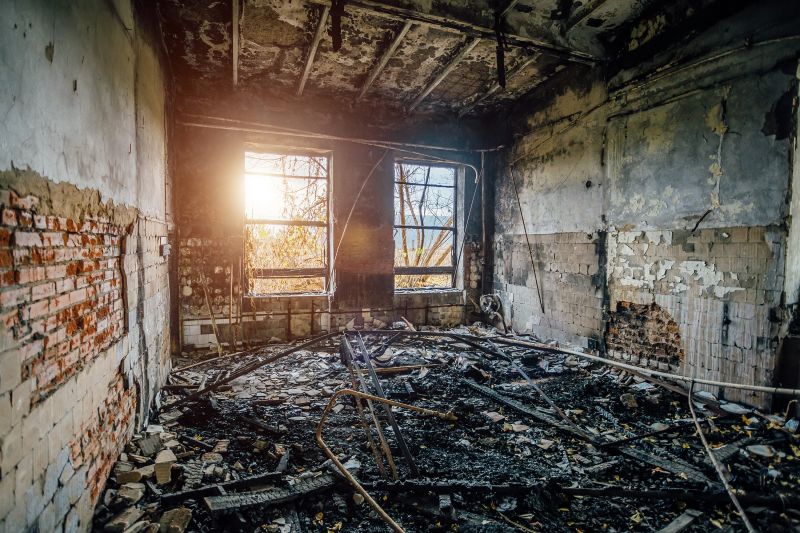
Initial evaluation of fire-affected areas.
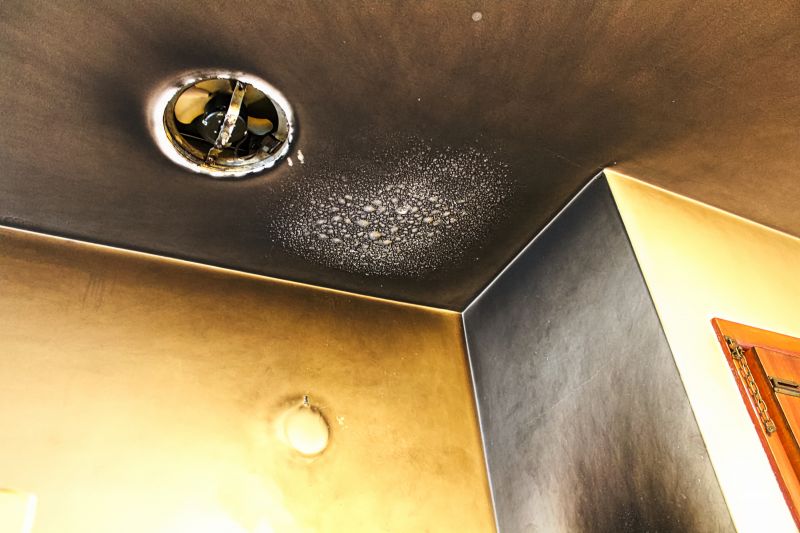
Removing residues to prevent further damage.
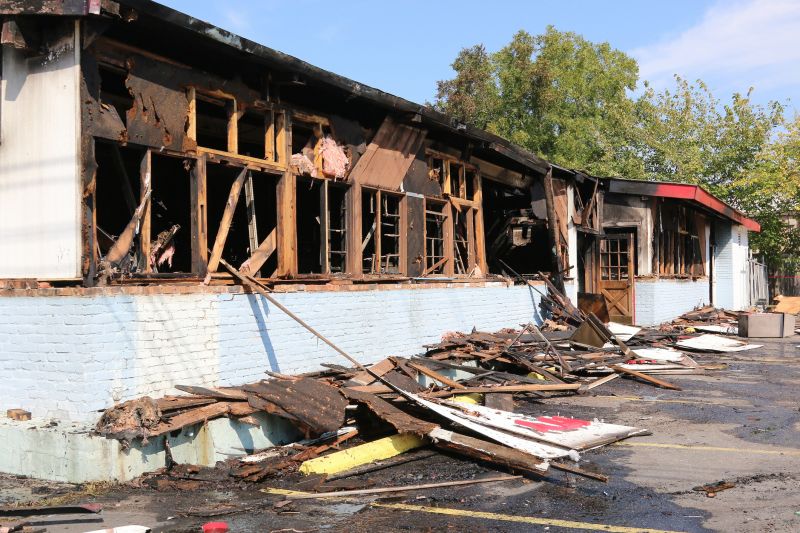
Restoring structural integrity after fire damage.

Ways to make Fire Restorations work in tight or awkward layouts.
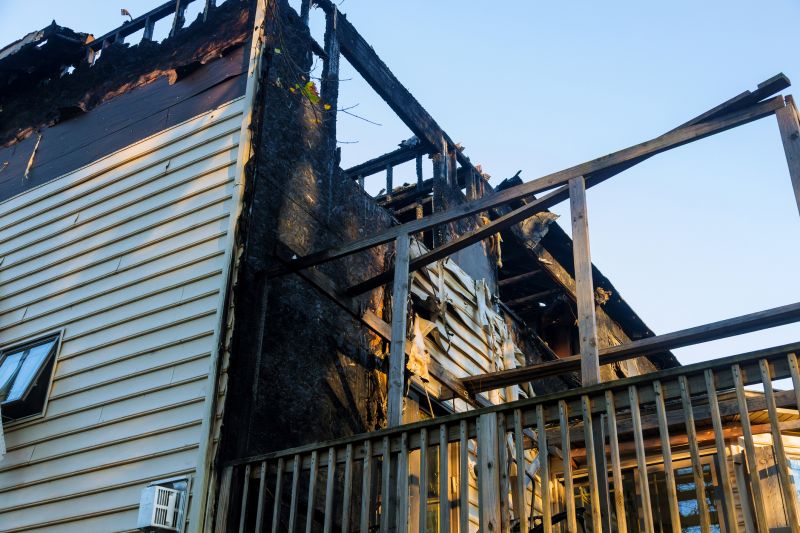
Popular materials for Fire Restorations and why they hold up over time.
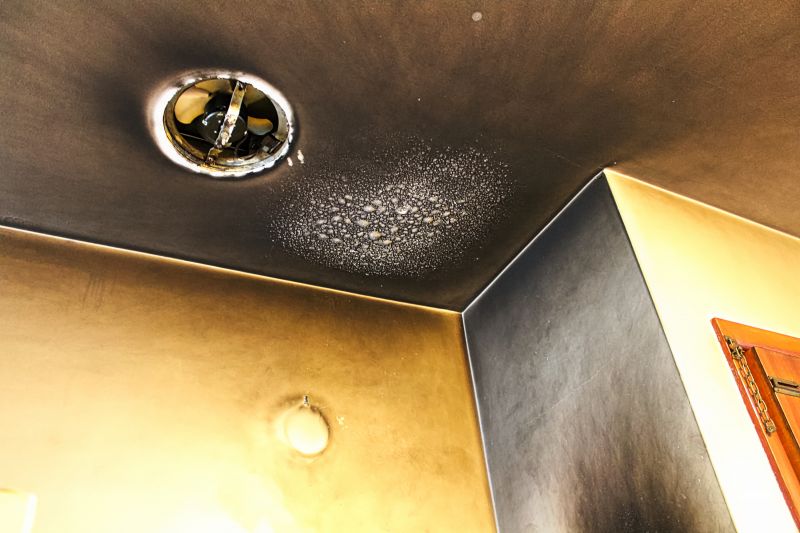
Simple add-ons that improve Fire Restorations without blowing the budget.

High-end options that actually feel worth it for Fire Restorations.
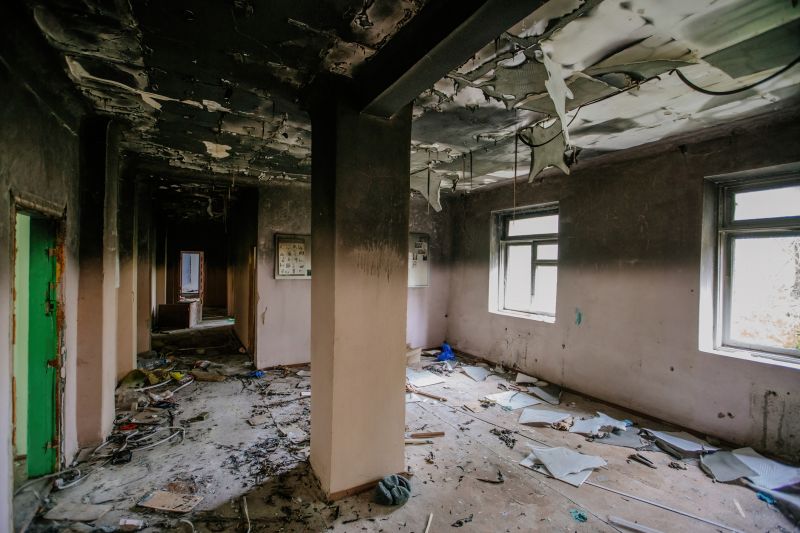
Finishes and colors that play nicely with Fire Restorations.
| Season | Best Restoration Time |
|---|---|
| Spring | Ideal for mild weather and moderate temperatures. |
| Summer | Suitable during dry months with less humidity. |
| Fall | Optimal before winter, avoiding cold weather. |
| Winter | Possible with proper heating and climate control. |
| Off-Peak Periods | Generally late fall and winter, depending on climate. |
Fire restorations are complex procedures that require careful planning and execution. The timing can influence the success of repairs, especially considering weather conditions and property usage. Immediate response to fire damage can prevent secondary issues such as mold growth and structural deterioration. Proper assessment and scheduling ensure that restorations are completed efficiently and effectively.

Thorough evaluation of affected areas.
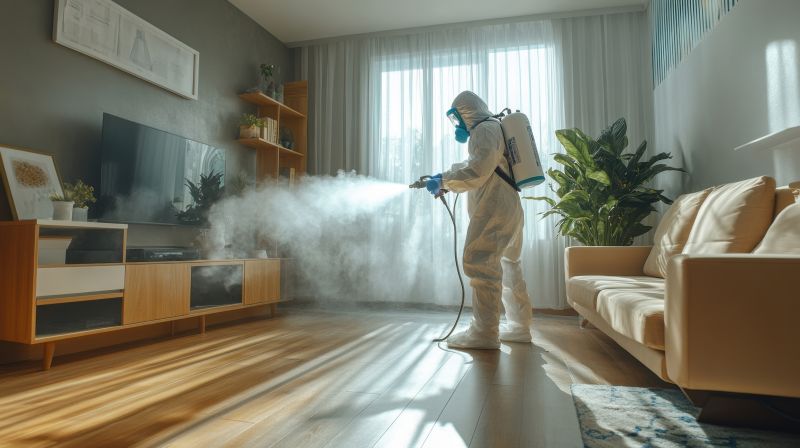
Techniques to eliminate persistent odors.
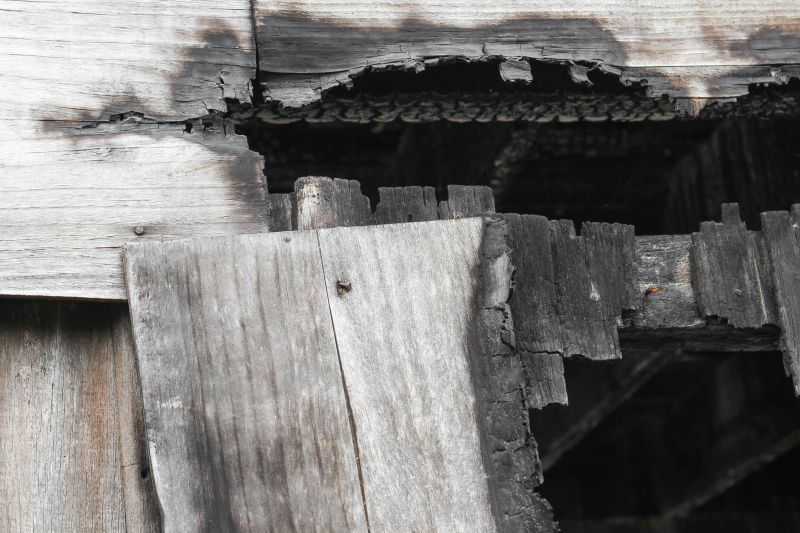
Restoring stability to compromised structures.
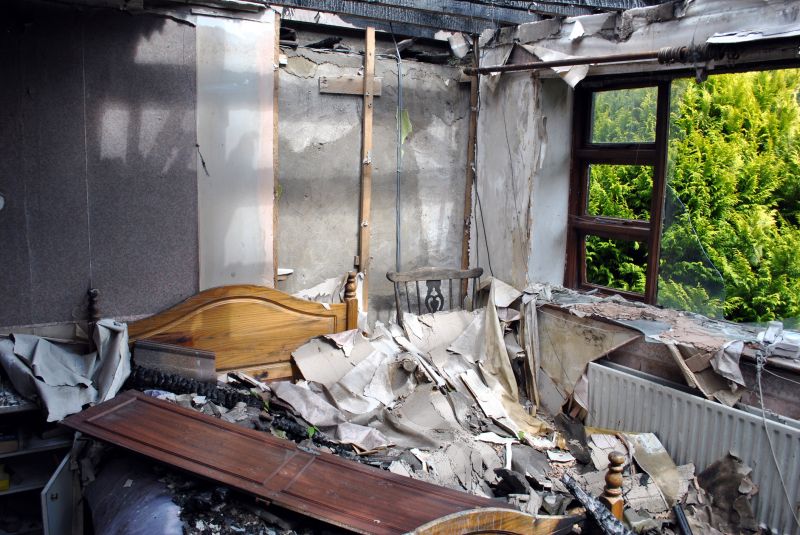
Completing repairs and returning property to pre-fire condition.
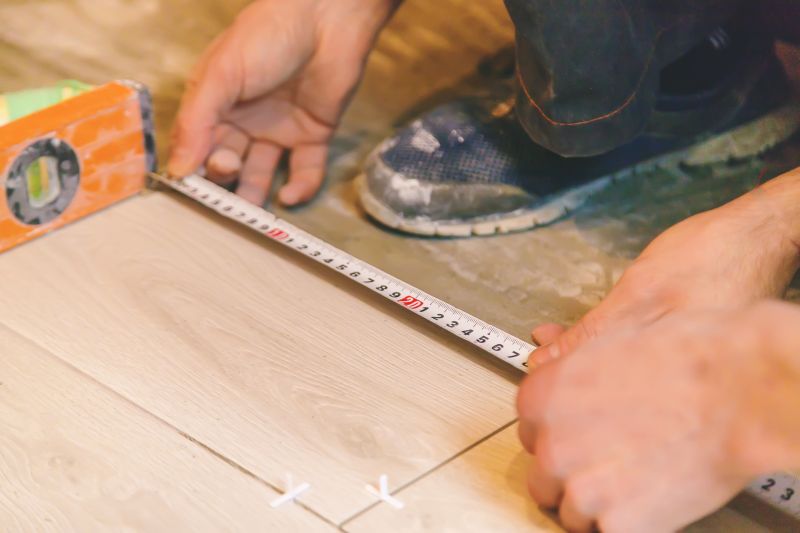
Little measurements that prevent headaches on Fire Restorations day.
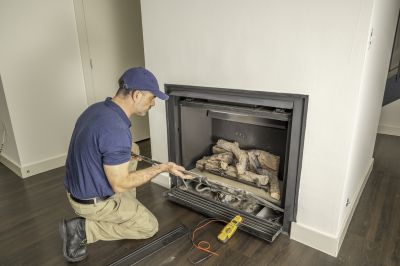
A 60-second routine that keeps Fire Restorations looking new.

A frequent mistake in Fire Restorations and how to dodge it.

Small tweaks to make Fire Restorations safer and easier to use.
Timely fire restorations are crucial to minimize damage and reduce repair costs. Proper planning based on seasonal and property-specific factors can facilitate a smoother recovery process. Property owners are encouraged to contact professionals early to assess damage and plan restoration efforts accordingly.
